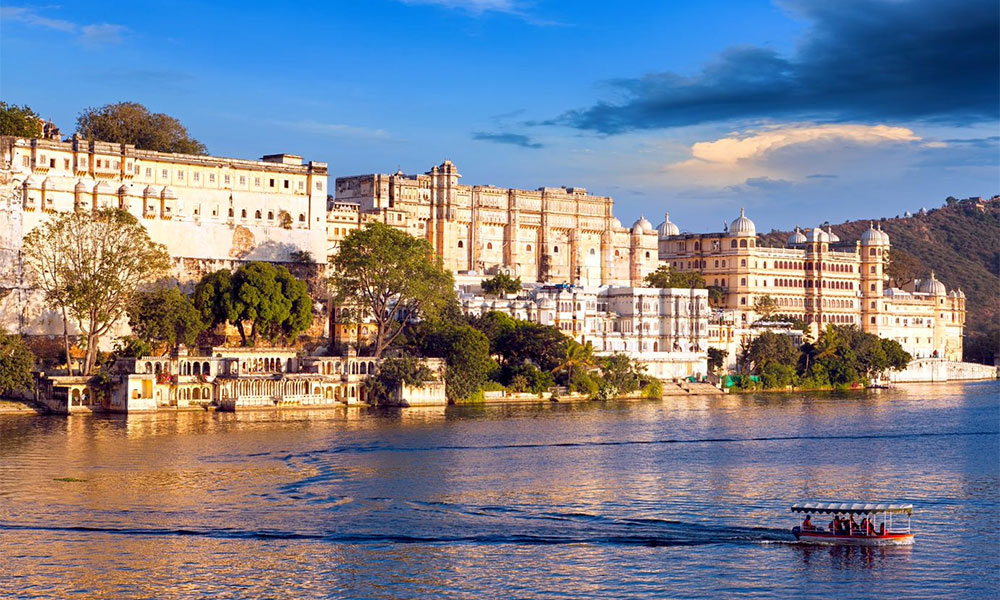The City Palace and the Pink City of Jaipur or the main palace is a fine fusion of traditional Rajasthan and Mughal architecture. Occupying one-seventh of the walled city of Jaipur and built by Maharaja Jai Singh II of the Kachhwaha clan of Rajputs, incorporations and additions have been made to the palace complex by many of his successors.
Enter the city palace precincts, which house the courts and the district administration offices. The City Palace is a beautiful paradigm of the amalgamation of the Rajput and Mughal styles of architecture. While the local city administration has taken up most of the floors of the palace, the top storey houses a magnificent museum of some of the best collections of the royal family. Some of the choiced collections of manuscripts in Sanskrit, Persian, Arabic and Urdu adorn the museum, alongside the paintings of Mughal and Rajput schools and an armoury section with weapons (that date back to the days of Hazrat Ali, son-in-law of Prophet Mohammed) and the swords of Akbar and Aurangzeb.
The affluence of the Alwar rulers can be gauged from the solid silver dining table displayed in the museum apart from several other objects.
Exactly behind the City Palace is a ‘ Sagar’ lake. It is a concrete catchment with flights of stairs all around, dotted uniformly by the Chhatris or cenotaphs which add beauty to the palace, the dirty water with weeds notwithstanding. The construction of the stairs and cenotaphs took nine years.
Beside the lake is an impressive cenotaph of Maharaja Bakhtawar Singh built by his son Viney Singh in 1815 A.D. It also came to be known as the Moosi Maharani Chhatri, as Moosi Maharani, the wife of Maharaja Bakhtawar Singh committed ‘Sati’ at this spot when the maharaja died. Constructed on a red sandstone base, the upper portion is made of marble with a columned pavilion and domed arches. The ceiling is adorned with mythological paintings and carvings.
As history speaks through its fortresses and palaces, these heritage palace is passed to generations and become a part of culture. Very sparingly would one treat history as a boring subject and the rein of many a ruler comes as a one-on-one interaction through these glimpses.
